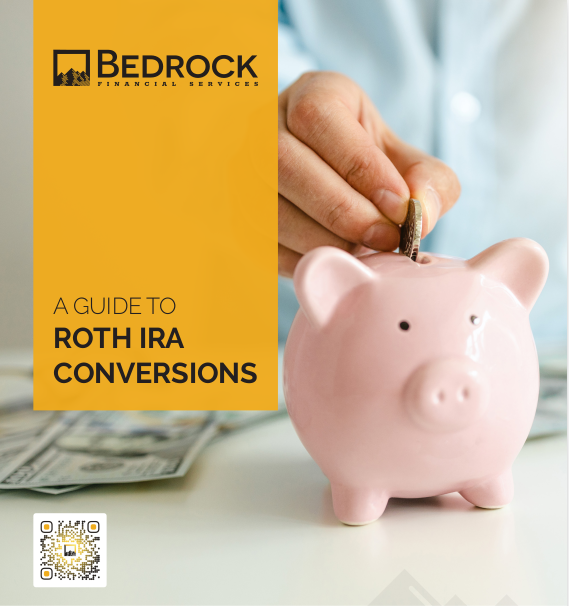Key Takeaways
-
Retention begins the moment a client says “yes,” not after the first renewal. Advisors who systematize post-sale engagement outperform those who rely on annual check-ins.
-
In 2025, top financial professionals are investing in automation, data analytics, and personalization to deepen relationships and increase long-term loyalty.
The Post-Sale Moment Matters More Than You Think
If you think your job is done after the client signs the dotted line, you’re already losing ground. The reality is that retention starts right after the sale—often within the first 30 to 90 days. Clients are watching, evaluating, and silently asking themselves if they made the right decision.
This period is critical. It’s when your value becomes tangible—or invisible. Advisors who take a proactive approach during this window are the ones building multi-year relationships, getting referrals, and avoiding churn.
What You Do in the First 90 Days Sets the Tone
Clients expect to feel seen and supported. But many advisors unintentionally go silent after onboarding. The top-performing advisors in 2025 do the opposite:
-
Day 1 to 7: They send a personalized welcome message, not just a templated email. They make sure the client feels acknowledged and heard.
-
Week 2 to 4: They provide a simple roadmap of what the client can expect—touchpoints, review meetings, tools, and communication cadence.
-
Month 2 to 3: They deliver small but meaningful wins. This might be a progress update, a check-in call, or a resource that aligns with the client’s goals.
This 90-day framework builds momentum and helps prevent post-purchase regret, which is more common than many realize.
It’s Not About Being “Available”—It’s About Being Present
Many advisors equate availability with service. But in today’s fast-paced world, clients don’t want to chase you down. They want to know you’re already thinking one step ahead.
The difference between an average and exceptional advisor in 2025 is:
-
Proactive check-ins that feel intentional, not generic
-
Contextual communication—referencing previous conversations, goals, or even concerns
-
A defined communication rhythm that respects time but builds trust
You don’t need to send messages every week. But you do need to be relevant when you do.
Personalization Isn’t a Bonus—It’s an Expectation
Clients are comparing your communication to every other service in their lives. From streaming platforms to online shopping, personalization has become the norm. That means templated messages and generic advice now feel cold and transactional.
Successful advisors are using client data to:
-
Tailor financial milestones and reminders
-
Send content based on client preferences or life stage
-
Create segmented communication flows based on client types
And they’re doing this consistently—not just during onboarding or annual reviews.
Retention Is a System, Not a Reaction
If you’re only reacting to lapsing clients or bad reviews, you’re too late. Top advisors are treating retention as a structured system with clear inputs, milestones, and triggers.
In 2025, these systems often include:
-
CRM automation: Pre-scheduled review reminders, birthday messages, and satisfaction surveys
-
Feedback loops: Quarterly pulse checks that give clients a voice before problems escalate
-
Engagement scoring: Using simple metrics to flag disengaged clients before they disappear
When you view retention as a system rather than a reaction, it becomes predictable—and scalable.
Education as an Ongoing Value, Not a Sales Tool
One of the most underutilized retention strategies is education. Not in the form of a sales webinar, but as real, timely, client-first education that empowers decision-making.
Examples of educational touchpoints advisors are using in 2025:
-
Monthly explainer emails on economic trends, stripped of jargon
-
Quick videos breaking down policy or tax updates
-
Interactive tools that show clients their own progress or scenarios
This doesn’t just create engagement—it reinforces your position as a trusted expert, even when you’re not selling.
Advisory Reviews That Clients Actually Look Forward To
The traditional annual review feels stale in 2025. Clients want a more dynamic experience. The most successful advisors are redesigning reviews to be forward-looking, insightful, and personalized.
Best practices include:
-
Sending a pre-meeting summary to align on agenda and expectations
-
Incorporating real-time data or dashboards that show client progress
-
Ending each review with clear next steps and timelines
These meetings aren’t just administrative—they’re relationship builders.
Loyalty Isn’t Built on Discounts—It’s Built on Shared Wins
Clients rarely stay because of pricing alone. They stay because they feel like you’re invested in their success. That requires you to celebrate wins—big or small.
Here’s how top advisors build emotional loyalty:
-
Sending personal notes when milestones are reached
-
Recognizing anniversaries of the partnership
-
Publicly (and with permission) acknowledging client progress
This sense of shared success builds far more retention than any price-based incentive ever could.
Data Drives Decisions—So Track What Matters
In 2025, you have access to more client data than ever before. But raw data isn’t enough—you need to track what actually matters for retention.
Metrics worth prioritizing include:
-
Engagement frequency: How often are clients responding to or opening communications?
-
Service gaps: How many days between client-initiated contact and your follow-up?
-
Referral behavior: Are clients referring others, and what triggers that?
Advisors who use these insights proactively—rather than just reporting them—are staying ahead.
Small Teams Can Still Win Big With the Right Tools
Even if you’re a solo advisor or part of a small team, the tools now available make client retention manageable at scale. You don’t need an entire department. You need a smart setup.
Effective tools include:
-
Workflow automation platforms that reduce manual follow-ups
-
AI-powered insights for client sentiment or trends
-
Shared dashboards to ensure everyone on your team is aligned
The key is to choose tools that integrate smoothly into your client experience—not ones that create more work for you.
Strong Retention Is the Foundation of Sustainable Growth
Acquisition costs are rising in 2025. That makes retention more valuable than ever. Advisors who retain clients for 5, 10, or even 15 years not only stabilize their business—they create exponential growth through upsells and referrals.
If you’re focused only on new leads and not nurturing existing relationships, you’re leaving long-term revenue on the table.
Retention isn’t a feel-good strategy. It’s a smart business one.
Make Retention a Pillar, Not a Project
Client retention doesn’t start with discounts, extra calls, or flashy presentations. It starts the moment a prospect becomes a client—and continues through every interaction you offer.
The most successful advisors today are those who treat retention as a mindset, a strategy, and a system. And that system is driven by:
-
Consistent, personalized communication
-
Proactive touchpoints
-
Smart automation
-
Meaningful education
-
Measurable metrics
If you’re ready to build a retention system that scales with your business, we can help. At Bedrock Financial Services, we give you the tools, training, and automation support to engage clients long after the sale. Join our network of forward-thinking professionals and turn one-time clients into lifelong advocates.







